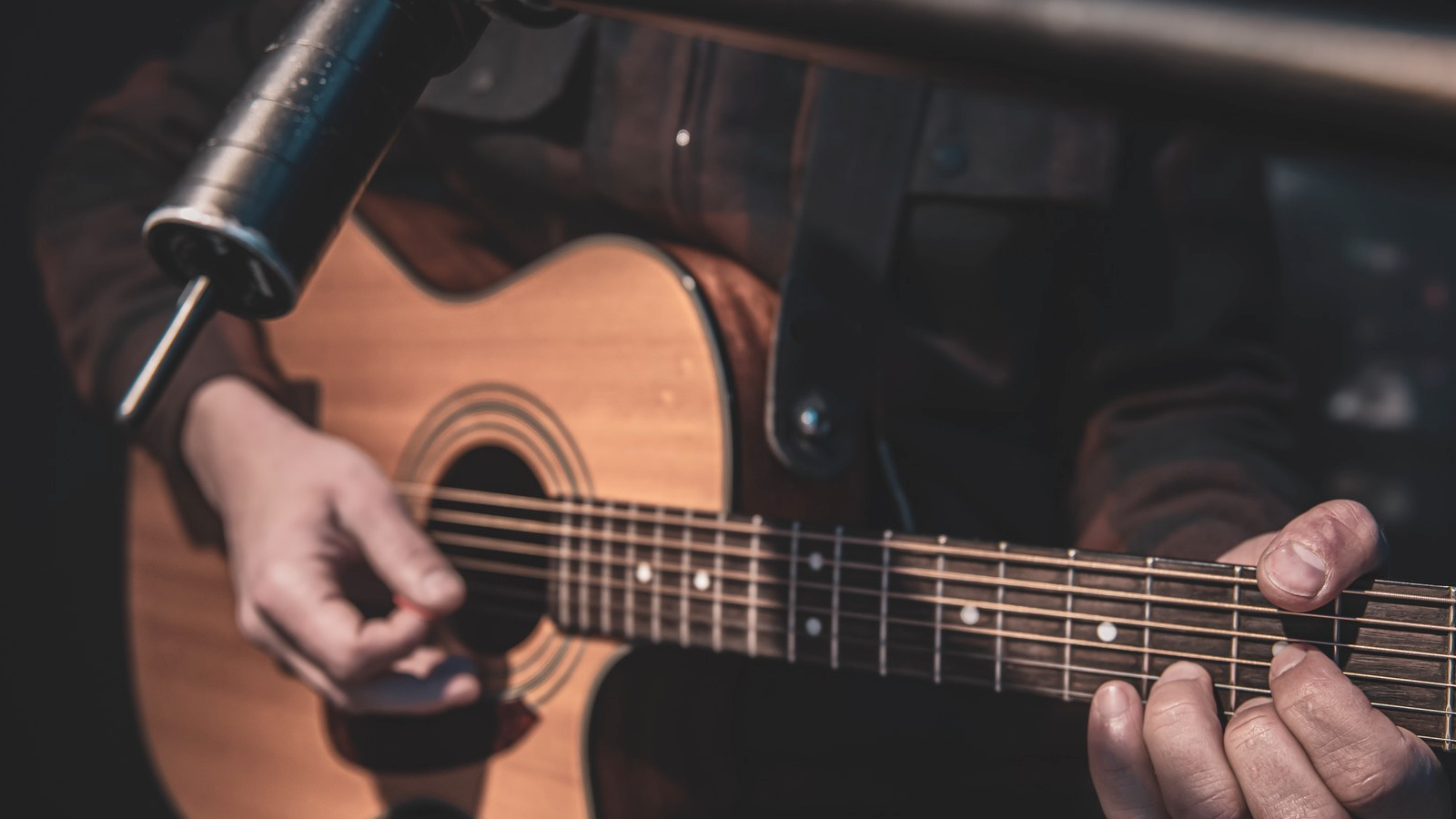The music industry is a tapestry woven with diverse threads, each representing a different genre, artist, or instrument. At the heart of this melodic mosaic lies the acoustic guitar, a humble yet powerful force that has played a pivotal role in shaping the soundscape of the music industry. From intimate campfire gatherings to grand concert halls, the acoustic guitar‘s resonance has echoed through time, leaving an indelible mark on the evolution of musical expression.
RELATED: Learn Acoustic Guitar from Legendary Educators at TrueFire >
The Early Strum: Folk and Blues Roots
In the early 20th century, artists like Robert Johnson and Woody Guthrie brought the guitar to the forefront, using its raw, unamplified sound to convey the raw emotion and storytelling inherent in their songs. The guitar became a symbol of personal expression, allowing artists to communicate their experiences and perspectives in an intimate and relatable way.
The Birth of Singer-Songwriters:
As the decades unfolded, the acoustic guitar found itself in the hands of a new breed of musicians—the singer-songwriters. Bob Dylan, Joni Mitchell, and James Taylor, among others, used the guitar as a vessel for their poetic lyrics and emotive melodies. The unplugged simplicity of the acoustic guitar allowed for a direct connection between the artist and the audience, giving rise to a more personal and introspective style of songwriting.
Unplugged Phenomenon: Stripping Down to the Essentials
The 1990s brought about a cultural shift with the rise of the MTV Unplugged series. Iconic performances by artists like Nirvana, Eric Clapton, and Alanis Morissette showcased the acoustic guitar‘s versatility and ability to transform electrified hits into intimate, acoustic masterpieces. This “unplugged” movement emphasized the organic beauty of the instrument, reintroducing it to a new generation of music lovers.
Acoustic Guitar: From Folk to Rock and Beyond
From the melodic fingerpicking of classical guitar in progressive rock to the rhythmic strumming that defines modern pop, the instrument’s adaptability has made it a staple in countless musical landscapes. Artists like Ed Sheeran and John Mayer continue to push the boundaries, with new energy and innovative techniques.
Modern Innovations: The Acoustic-Electric Fusion
Advancements in technology have given birth to the acoustic-electric guitar, bridging the gap between the traditional and the contemporary. The acoustic-electric guitar has become a symbol of versatility, enabling musicians to explore new sonic possibilities across various genres.
Conclusion:
From its humble beginnings in folk and blues to its prominence in contemporary genres, the acoustic guitar has shaped the way we experience and connect with music. Its timeless appeal lies in its ability to convey raw emotion, tell stories, and bridge the gaps between genres and generations. The harmonic revolution initiated by the acoustic guitar continues to resonate, reminding us that sometimes, the simplest strings can create the most profound melodies.
RELATED: Learn Acoustic Guitar from Legendary Educators at TrueFire >
